World Fine Art Professionals and their Key-Pieces, 393 - Janne Schipper
World Fine Art Professionals and their Key-Pieces, 393 – Janne Schipper
Janne Schipper not only makes sculptures, but also photographs, paintings, textile art and installations. She also writes poems, makes videos and sound works and participates in performances. She is one of the young artists who made it to the final round of the Piket Art Prize 2022, a prize for young promising artists in The Hague.
The starting point is not the material, but the idea, or, as she calls it, a ‘notion’. Janne Schipper is happy to provide further explanation. “It is important to me that what I create comes from sensitive intuition; a magical visual language that is intrinsically ambiguous. One that arises from a kind of childish longing for a world in which things arise and disappear at a certain moment.”
Something grabs her attention
Both the physical and mental human dimensions of the idea are related to something incomprehensible, without function, without beginning or end. “Sometimes a work starts with a poem and then comes the image. They can also weave into one. Then the word brings an image and the image a word. I am interested in the relationship between text and space and poetry and art. They can be close together and far apart. Language and its problems are a driving force behind many of my works of art, without me taking it as a subject.”
There are times when something suddenly grabs her attention. “It vibrates, moves, twists; it fascinates me. These moments, which happen in combination with wonder, are magical to me and are the keynote for a work; they are my motivation for creating a work of art. You could call it a poetic impetus for the unfolding of work.”
Getting aware of the black hole
She is concerned with physical and mental indoor and outdoor spaces, she says. “Simulacra (images that no longer have an original), rituals, personal narrative, emancipation, and finding a balance between ‘specific’, ‘universal’ and ‘accessibility’.”
The meaning of the work lies in the work. “I see my artworks as an amalgam of fascinations. Perhaps a black hole is an appropriate metaphor: the hole itself cannot be observed, but we become aware of the black hole by observing the behavior of surrounding observable objects.”
Doors, windows and walls
In installations she often works with doors, windows and walls. They are a foundation and, in addition to our body, form our perspective. “This framework, which is not fixed, but flexible and changeable, a part of the world, also the vessel from which you observe the (outside) world. Like a piece of driftwood we float, floating in a vast sea of swirling multiples and repetitive rhythms.”
Because she works in different fields, she often finds herself looking for an appropriate distance between herself, the artwork and the world. “My working methods and research can be grouped under the umbrella term ‘aggregation’: the process of combining things so that they could be called a unit. By putting different elements together and taking different distances to look at them, I see a variety of patterns and relationships.”
Compose an installation
The attitude she takes as an artist towards the work, the public and the world requires a constant adjustment of the relative distance. She sees her installations as ‘constellations’. “A fragment: a piece of a work of art, a kind of poetry, a found object, get their meaning in context.”
All parts together in an installation form a totality: the chronology disappears and they can be composed, like a landscape. “The work becomes part of the complexity of the world of experience, transforms and changes meaning again.”
An invitation to generate meaning
She quotes the words of the French philosopher Jaques Rancière, who wrote in his essay The Emancipated Spectator: “The artist does not transmit knowledge, but invites to generate meaning.” Janne: “This view of making and composing offers the freedom not to necessarily understand each piece in itself, but allows the intercontextuality to create meaning and experience. Like you can look at the starry sky at night. You can see that as one configuration, but it mainly says something about you as a spectator.”
Or, as Olga Tokarczuk, winner of the Nobel Prize in Literature, put it when she wrote in her book ‘Drive Your Plow Over the Bones of the Dead’: “The greatest things, of course, are contained in the very smallest. No doubt about it. As I write this, the planetary configuration, and indeed the entire Cosmos, is on the table. A thermometer, a coin, an aluminum spoon and an earthenware mug. A key, a mobile phone, paper and a pen. And a gray hair of mine, whose atoms hold the memories of the origin of life, of the cosmic Catastrophe, which was the beginning of the world.”
Why is this starting point important to Janne?
“Because as humans we all have to deal with the human condition. I make art as existential research. Art of all places gives the space to approach the unnameable. For me, art is a way to create a more layered, less binary view of ourselves as human beings and of the world around us. Instead of telling one story to yourself, create a kaleidoscope where new images and stories emerge as you rotate. The elements I create and assemble into a work of art may also reflect a kind of tenderness or admiration that I find important to experience.”
Does she have a key work, and if so, which one is it/are they?
In retrospect, she says she sees seeds in previous works that “weave themselves rhizomatically in my other works like a myriad of tiny threads” (a rhizome is a continuously growing horizontal underground stem that intermittently puts out lateral shoots and adventitious roots). “Sentences emerge from my imagination like fragments of fog and are continued in a subsequent work.”
In this context she mentions two works: ’20 minutes 27 seconds’ and ‘Out Of The Blue’. “’20 minutes 27 seconds” was one of the first installations I built that brought together different interests as well as the spatial, site-specific and performative aspects of the work. I am increasingly trying to combine different materials and techniques that were previously stand-alone works of art in an installation.
Collaboration is important to her. “’Out Of The Blue’ is an artwork created in collaboration with artist Andreas Sahl Andersen in Denmark. This installation follows the idea of a “constellation” and combines almost all the techniques I use. This was the start of a way of working that I want to discover and implement more in the future.”
ANNASTATE
Janne Schipper started her art career with an artistic pre-education called Jangstayl in Alkmaar in 2012. In 2014 she started her study of visual arts, sculpture at the Royal Academy of Art (KABK), which she completed in 2018. In 2018, together with friends and colleagues, she founded an artist collective in The Hague, called ANNASTATE. From 2018 to 2022 she worked as a professional artist. At the moment she has just started a Masters in Visual Arts, Sculpture at the Academy of Fine Arts in Vienna, Austria.
Images
1) Out Of The Blue #10, 2) Out Of The Blue #7, 3) Out Of The Blue #8, 4) Out Of The Blue #9 , 5) Out Of The Blue #11, 6) Facade #5, 7) Approximate Distance #13, 8) 20min27sec #2, 9) 20min27sec #3, 10) portrait Janne Schipper
https://janneschipper.info/https://www.instagram.com/jannecharlotte/https://www.piketkunstprijzen.nl/janne-schipper-wil-de-rest-van-haar-leven-kunst-blijven-makenhttps://ifthenisnow.eu/nl/verhalen/de-wereld-van-de-haagse-kunstenaar-123-janne-schipper
Disclaimer: The views, opinions and positions expressed within this guest article are those of the author Walter van Teeffelen alone and do not represent those of the Marbella Marbella website. The accuracy, completeness and validity of any statements made within this article are not guaranteed. We accept no liability for any errors, omissions or representations. The copyright of this content belongs to Walter van Teeffelen and any liability with regards to infringement of intellectual property rights remains with the author.

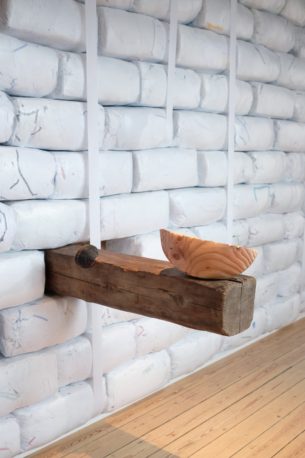

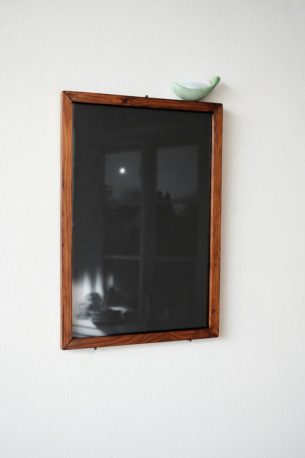

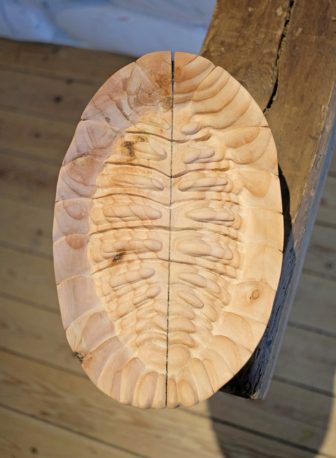

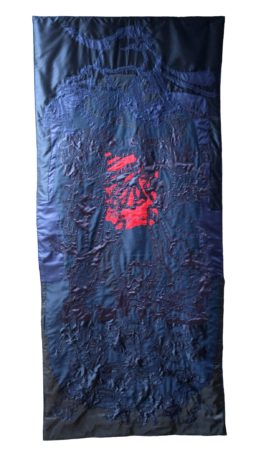
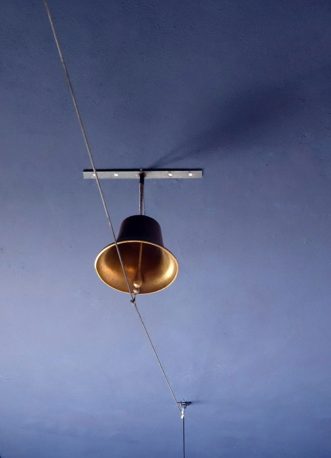
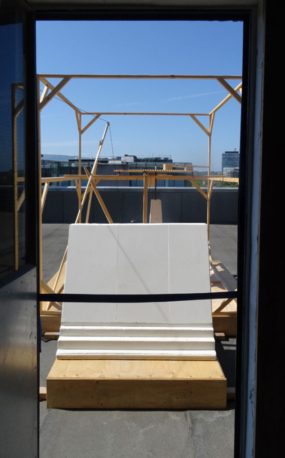
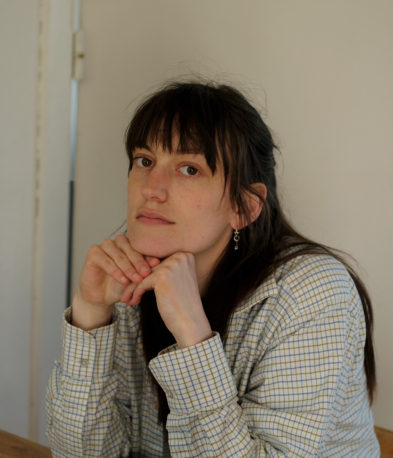














The opinions expressed by individual commentators and contributors do not necessarily constitute this website's position on the particular topic.